Effective Warning Letter Template for Clear Communication
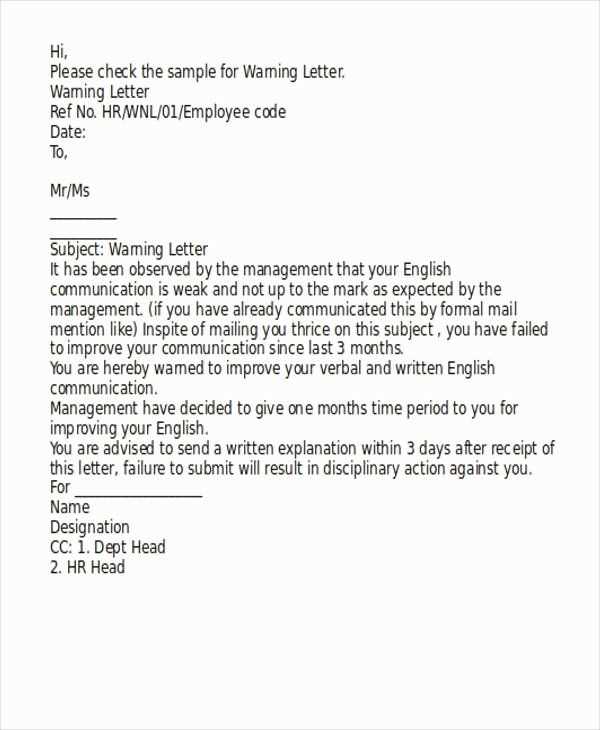
In professional settings, addressing concerns or missteps promptly is essential. A formal written communication can effectively convey the seriousness of a situation, while maintaining clarity and professionalism. This document serves as an official communication tool to alert individuals about actions or behavior that need improvement.
Essential Elements of a Formal Communication
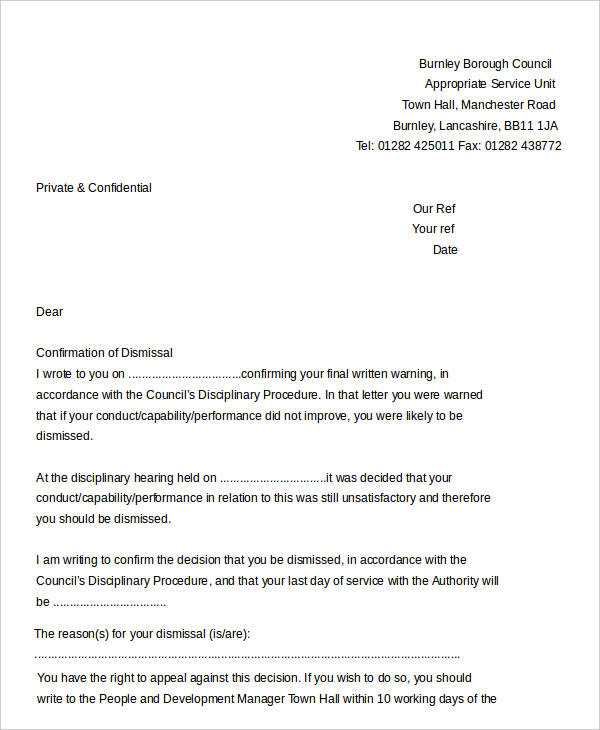
When drafting an official notice, there are several key elements to consider to ensure the message is clear and effective:
- Clear Purpose: Begin with a concise statement outlining the purpose of the document.
- Specific Details: Include specific incidents or actions that are being addressed.
- Expected Actions: Clearly state what is expected from the recipient moving forward.
- Consequences: Mention any potential outcomes if the situation is not resolved.
Steps to Draft an Effective Notice
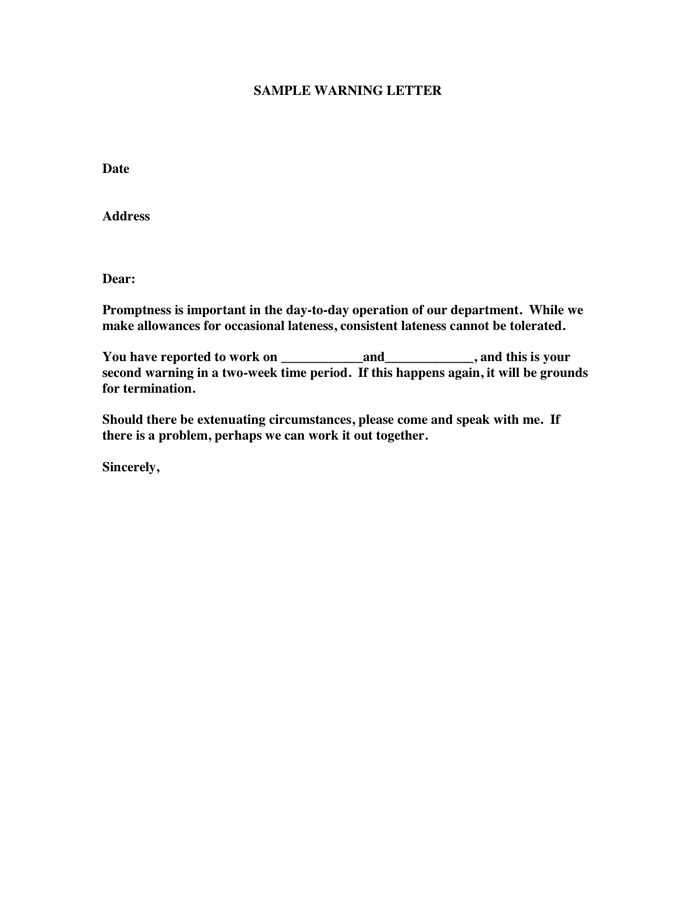
Creating a well-structured communication involves several important steps to maintain clarity and professionalism:
- Introduction: Start with a direct and polite introduction explaining the purpose of the notice.
- Provide Context: Describe the specific actions or behaviors that prompted the need for the communication.
- Outline Expectations: Clearly state what needs to change or be improved.
- Consequences: Mention the potential actions that may follow if the situation is not addressed.
- Close Politely: End on a respectful note, offering support if necessary.
Best Practices for Effective Communication
When addressing concerns, it’s important to keep a few best practices in mind:
- Be Clear and Concise: Avoid ambiguity by using straightforward language.
- Maintain Professional Tone: Ensure the tone remains respectful, even if the message is serious.
- Stay Objective: Focus on facts, not emotions, to maintain fairness.
By following these guidelines, you can effectively communicate expectations, address concerns, and foster a positive resolution. A properly crafted document ensures that the message is conveyed with professionalism and clarity, contributing to a constructive outcome for all parties involved.
How to Write a Formal Notice for Addressing Concerns
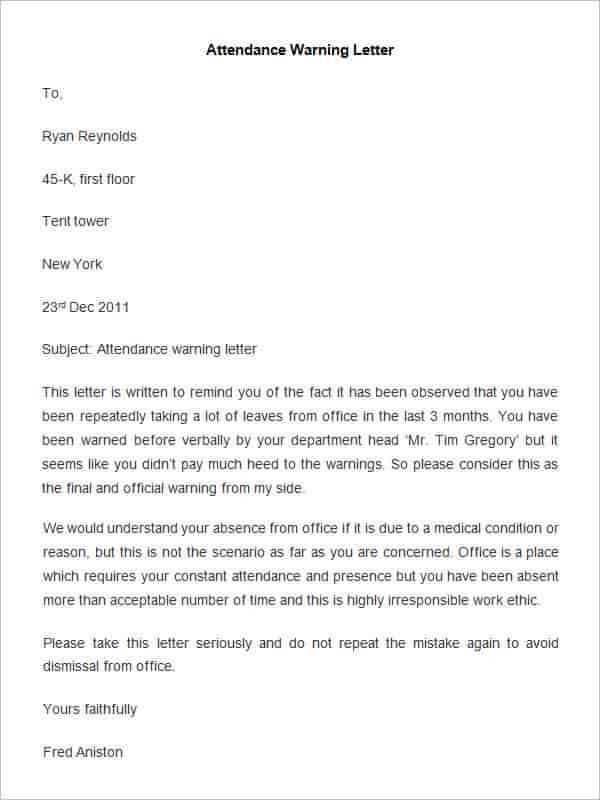
Writing a formal document to address issues requires careful thought to ensure the message is both clear and respectful. This type of communication should focus on resolving the matter effectively while maintaining professionalism. The following sections will guide you through essential elements, common pitfalls to avoid, and best practices for creating this important form of written communication.
Key Components of a Formal Document
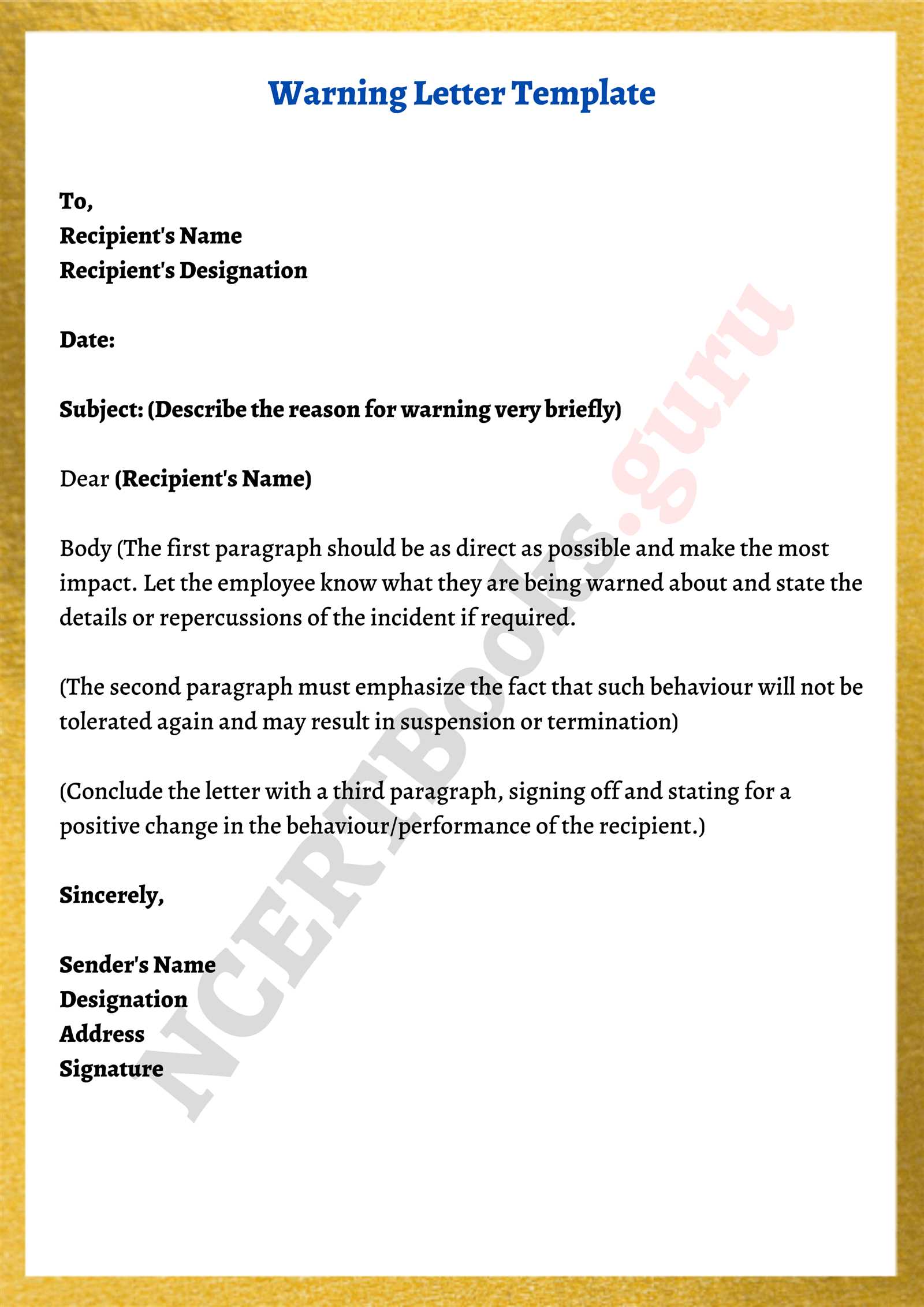
There are several key elements that make a written notice effective and constructive:
- Introduction: State the reason for the communication, keeping it clear and direct.
- Details of the Situation: Describe the specific actions or behavior that triggered the notice.
- Expectations: Outline what changes are required and any actions the recipient must take.
- Consequences: Clearly state what will happen if the issue is not addressed.
- Closure: End the message with a professional and respectful tone.
Effective Strategies for Addressing Issues
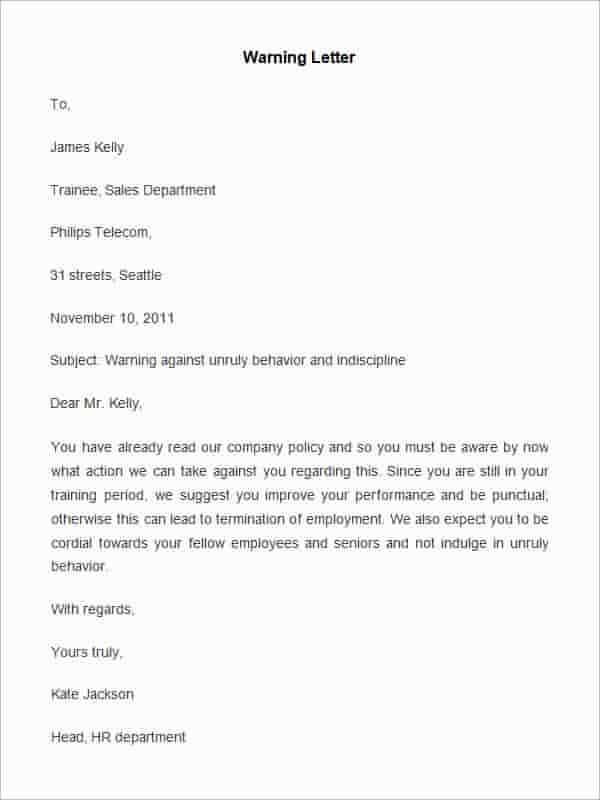
To ensure the recipient understands the seriousness of the situation and can take appropriate steps, consider the following strategies:
- Be Specific: Provide clear and concise details of the actions or behaviors in question.
- Be Objective: Avoid emotional language and focus on facts to ensure fairness and clarity.
- Maintain a Professional Tone: Keep the language respectful, even if the message is addressing a serious matter.
By using these strategies, you can create a communication that is both effective and respectful, ensuring a constructive outcome while avoiding misunderstandings.
It’s also important to be aware of the legal considerations when writing such documents. In some cases, improper wording can lead to unintended consequences, such as legal disputes. Always ensure that the communication follows legal guidelines, especially when dealing with serious matters that may require further action.